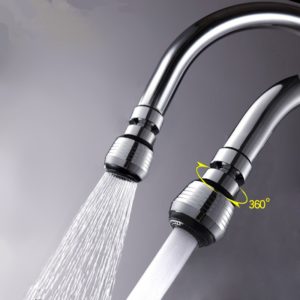Call Now: 07 578 2289
Your kitchen tap mixer will be the single most-used item in your kitchen, so you’ll want to balance both Fashion and Function. For example, if you’re ever likely to want to fill a bucket, thermos flask, or a tall flower vase then you’ll need to allow enough height to get these under the tap.
Do you have a large family, or regularly entertain a lot of guests? You might want a pull-out spray hose to rinse off dishes – the sort of thing you might see in a commercial kitchen.
Do you want a separate dispenser for filtered drinking water? (Or will that be incorporated into your refrigerator choice?)
How about an aerator? That’s a fitting on the end of the tap which prevents splashing, conserves water and energy, and increases the perceived pressure.
Really? Yes, because the aerator limits the water flow through the tap, water use is reduced as compared to the same rate of flow without an aerator. In the case of hot water, because less water is used, less heat energy is used, too.
Adding the aerator does two things: first it reduces the volume of falling water, which reduces the splash distance. And it creates multiple “mini-streams” within the main stream. Each mini-stream, if it was falling by itself, would splash or flow in a unique and different way when it hits a surface, as compared to the other mini-streams.
Because they’re all falling at the same time, the streams will splash in their own way but end up hitting other splash streams. The resulting interference cancels out the majority of the splashing effect.
The perception of water pressure is actually the speed of the water as it hits a surface such as a plate, or your hands. When an aerator is added to the fluid stream there is a region of high pressure created behind the aerator. Because of the higher pressure behind the aerator and the low pressure in front of it (outside the tap) due to Bernoulli’s Principle there is an increase in velocity of the fluid flow.
And you thought the tap mixer was just for mixing hot and cold water!